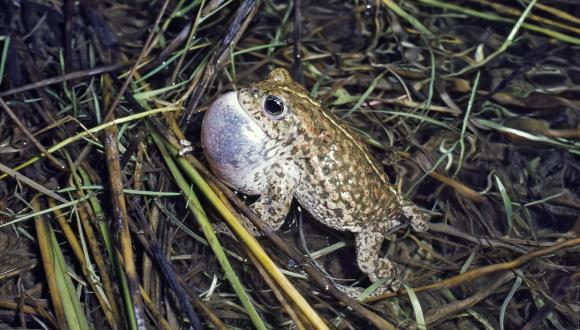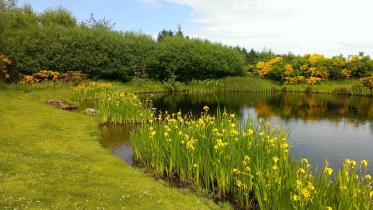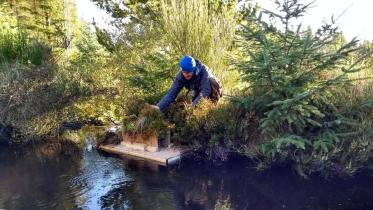Farmers and land managers urged to share adder sightings
22 March 2023
Farmers and land managers are being urged to take part in a nationwide survey that seeks to better understand how Scotland’s adder population is faring.
The adder is the only widespread native snake occurring in Scotland. While there is growing evidence of a long-term decline in populations in Britain, especially in England, the situation in Scotland is less clear.
NatureScot, Amphibian and Reptile Conservation (ARC) and the Amphibian & Reptile Groups of the UK (ARGUK) are appealing to farmers, landowners and land managers to take part in the online Scottish Adder Survey to help shed more light on their distribution and conservation status.
The last systematic survey of adders in Scotland was carried out almost 30 years ago in the early 1990s, and involved a questionnaire to a sample of farm and land holdings from across Scotland.
These groups were targeted because the adder appears to be especially sensitive to changes in land management and land use. The current survey is looking to replicate this approach to provide as meaningful a comparison as possible.
The survey also aims to collect information on other Scottish reptiles such as the common lizard and slow-worm.
Amphibian and Reptile Conservation’s Rachael Cooper-Bohannon said: “We are very concerned about the state of adders across Scotland. While these shy and well camouflaged animals can be difficult to spot, we are worried that their numbers may have significantly declined.
“Adders are extremely sensitive to disturbance and are considered to be a ‘bioindicator species’ – giving us an indication of what is happening in the environment. We really need to understand adder distribution and population trends to help to inform conservation action, and this is particularly urgent as optimum adder habitat is becoming increasingly limited.
“With the help of farmers and land managers, we can get a clearer picture of Scotland’s only widespread snake, so we’d like to say a big thank you to everyone who takes part.”
Rob Raynor, NatureScot’s specialist advisor on mammal, reptile and amphibian conservation, said: “We know there are some parts of Scotland where adders seem to be doing quite well, but there are also large parts of the country with suitable habitat but with little or no recent information.
“Better information on the current conservation status of the species and on population trends would help us to minimise the risks to adders arising from threats, for example, land-use change and possibly also climate change.
“The more information we have, the better we are able to target conservation action, so we’d appeal to as many farmers and landowners or managers as possible to take part.”






